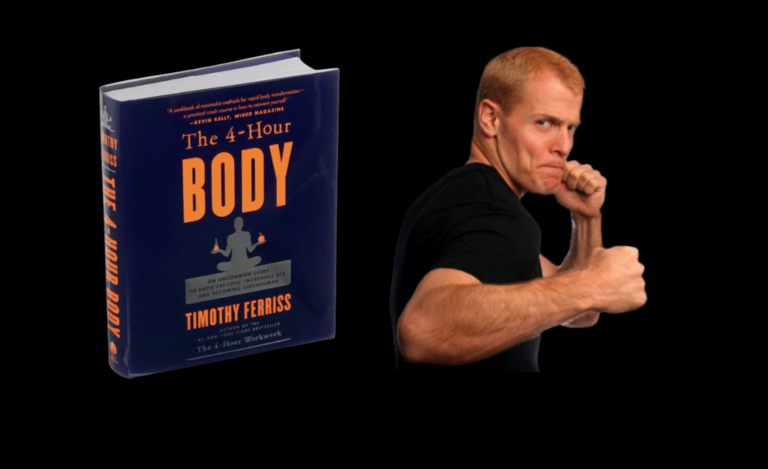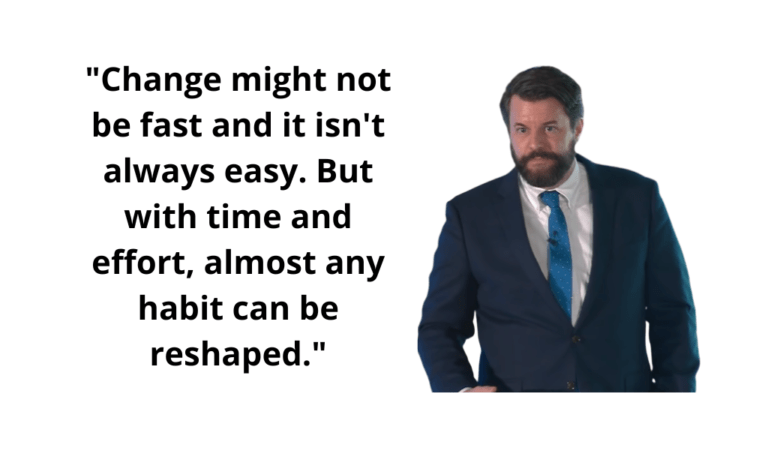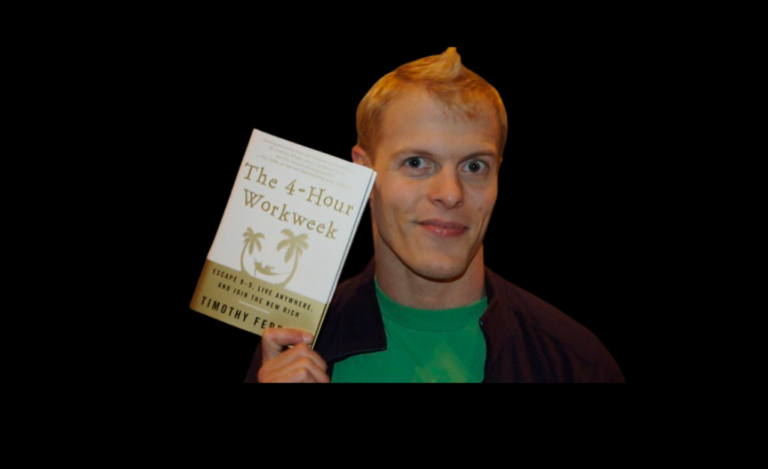Disclaimer: This post may contain affiliate links. For more information, please visit our Disclaimer Page.
Introduction
Spencer Johnson is the author of the best-selling self-help book “Who Moved My Cheese?” Since its initial 1998 publication, the book has sold over 25 million copies worldwide. It is still a well-liked option for corporate and personal development training programs despite being translated into over 40 languages.
Spencer Johnson‘s story “Who Moved My Cheese?” concerns change and how people respond. The story employs the metaphor of cheese to represent something individuals desire: romance, a profession, freedom, health, or a large house.

The story’s characters are two mice named Sniff and Scurry and two miniature people named Hem and Haw, who represent different elements of human conduct when confronted with change.
The plot revolves around how they all navigate life’s maze, searching for their favorite cheese and reacting when it is no longer available. The mice are proactive and swiftly adapt to change, whereas the humans are reluctant and in denial.
The narrative emphasizes that change is unavoidable and that people should be prepared for it by expecting it, watching for indicators of change, and rapidly adapting to it.
Unlocking the Secrets of Change
Life-changing, enlightening, and entertaining. That’s how I’d characterize Dr. Spencer Johnson‘s book “Who Moved My Cheese?” In a recent week, I chose this book as my entertainment and haven’t stopped thinking or talking about it since what you’re terrified of is never as horrible as you envision. The fear you let accumulate in your thoughts is worse than the situation.
This endearing story delves into the lives of four characters whose cheese has been shifted. In this case, the cheese could be anything, such as a career, a relationship, or anything that can provide comfort and stability.
What would you do if your cheese was shifted?
We normally see change as a threat or fear it, especially when it comes unexpectedly. We tend to be defensive and stick to what we know, resisting change like the plague. “Who moved my cheese?” is about how people deal with change. It is a natural part of life, and dealing with it is essential to life and leadership.
Recognizing that change is unavoidable is essential for effective leadership. This is a good thing. “Who Moved My Cheese?” highlights the necessity of dealing with unexpected change in such a relevant way that you can read it in one sitting and walk away with a wealth of knowledge that will forever impact how you live your life. It undoubtedly altered mine.
Check the cheese’s aroma frequently to tell when it’s starting to go old.

We frequently become comfortable in settings and shun new ones because we fear the unknown. We are frequently ignorant of little changes because we are engrossed in our comfort zone. Instead of sitting back and letting life pass you by, be aware of everything that is going on.
When things change, let go of the past and move forward promptly. The longer you wait, the more resistance you build to moving, making later adoption more difficult.
Sniff and Scurry are action-oriented in the story, looking for more cheese. It helped that they kept things simple and didn’t overanalyze or complicate things by focusing on “what ifs.”
Haw initially stays with Hem and wishes for things to return to normal. But Haw came to his senses and recognized that the world had changed and that he had to adjust. He later realized that the sooner you adjust to change, the easier it is. Many people who finally find the resolve to leave an unsatisfactory job or relationship sometimes question why they didn’t transition sooner.
Be ready for constant change: it is a natural aspect of life. Change should only come as a surprise if you’re not paying attention or operating on false assumptions, such as believing you’re entitled to have things your way.
In the story, after discovering the new cheese at the conclusion of the book, Sniff and Scurry anticipate and prepare for even more change by exploring new areas of the maze. How did he do it since he had learned from his errors and vowed never to be surprised by change again?
You feel better when you stop being fearful
Our concerns frequently make a changing situation appear worse than it is.
Johnson‘s book teaches you to assess each event and set your anxieties aside to look forward. Conquering your fear and addressing “changing circumstances” with the appropriate attitude can give things a whole different and positive spin, helping you to handle the event logically and rationally.

Face your fears:
Fear can have one of two outcomes. It can either immobilize you if you picture all that could go wrong if you leave your familiar ground, or it can propel you into action if you fear that things will get worse if you don’t act.
The second concern is about productivity and health. In the story, Hall was afraid that if he wandered into new regions of the maze, he would not find more cheese. But he also recognized that if he stayed put, he wouldn’t be able to find any. “What would you do if you weren’t afraid?” he asked.
You can find new cheese by imagining yourself with it.
Sometimes we are so focused on what we are leaving behind that we fail to notice that what we seek is ahead of us. Set new goals and visualize yourself attaining them to let go of the past.
Only by imagining yourself in fresh good scenarios and being open to new ideas can you begin to move in the correct way.
Haw eventually understands, with hunger eating at him, that his circumstances aren’t improve unless he alters his attitude and actions. Returning to the maze to find new cheese is terrifying and will take a lot of effort.
Returning to the maze to find new cheese is terrifying and will take a lot of effort. But Hem is pushed outward by the prospect of discovering cheese again. Haw abandons Hem, who refuses to move and continues to rant about his terrible condition. This is yet another crucial person that shifted my cheese education.
Throughout his trip, Haw overcomes his psychological hurdles to shift adaptation. He learns his apprehension about returning to find new cheese was exaggerated. He’d allowed anxiety to build up in his mind, but it wasn’t too severe.

He encounters setbacks in the maze but discovers he is happier taking charge than being a victim of his circumstances.
He keeps visualizing himself eating new cheese, which inspires him to keep going. As he learns these lessons, he paints messages on the wall for Hem to read if he ever goes out looking for more cheese.
Finally, he discovers a new massive mountain of cheese that is even more significant than the first. Sniff and Scurry have already been enjoying the cheese for some time. Haw considers how far he has gone since the initial cheese pile ran out, and he vows to approach future change differently, a key “Who moved my cheese?”
As soon as you let go of the old cheese, you may start eating the new cheese.
Regardless of your concerns and apprehensions, accepting change as a chance for growth and development is critical.
Dwelling in the past can only lead to sorrow and frustration; instead, concentrate on changing your lifestyle and thinking about the new order.
The cheese will be gone one day. The characters’ reactions to the transition teach lessons about surviving and thriving in the face of inevitable life and workplace variations.

The simple-minded mice don’t think too much. They readily accept the situation rather than condemning the world or the surroundings for its unfairness. They adjust to the shift by looking for new cheese right away. And, despite their best efforts, they eventually achieve happiness in the shape of a gigantic new mound of cheese.
On the other hand, the humans fret and haw about losing the cheese. They felt entitled to it and cursed the world for being unfair to them. They wait for the cheese to materialize and become progressively frustrated when it does not.
“Who moved my cheese?” shouts Hem.
Be adaptable and open to new experiences. There are always experiences and opportunities that are not currently available to you. You might like them even more than what you had previously.
In the story, Haw discovered bits of unfamiliar cheese and brie rather than the cheddar he used to and tried and liked. This gave him the courage to continue striving for greater experiences.
He tried to share the new cheese with Hem, but Hem refused, stating he only wanted the types he was familiar with.
Change and enjoy the change.
Dr. Johnson claims, “What you are afraid of is never as horrible as you think it will be. The fear you let grow up in your head is worse than the actual circumstance “. So let go and surrender to the changes in your life.
Focus on the positive aspects of these new experiences rather than the negative aspects, and you will discover that many new doors will open for you!
Prepare for change by paying attention to indicators of change in your environment, such as layoffs at work, new aches, pains, or pressures in your personal life.
Consider how possible changes can affect you and devise a strategy to deal with them, such as learning new skills.

Sniff and Scurry, the mice, saw the cheese stash was getting old and depleting. They were prepared; they kept their jogging shoes on hand in case the old ones went missing.
Learning to enjoy change, new experiences, discoveries, and accomplishments are usually more satisfying than doing the same things repeatedly.
He hadn’t realized how comfortable he’d become by sitting about at the old cheese pile.
The secret to enjoying change was changing his attitude and actions first.
Try this if you’re dealing with the transition or looking for a new book.
Anyone would benefit from reading it.
F.A.Q. about “Who Moved My Cheese?”
What is “Who Moved My Cheese?” about?
The book “Who Moved My Cheese?” is a motivational business fable written by Dr. Spencer Johnson. It depicts the change in one’s work and life and four typical reactions to it by two mice and two “Littlepeople” during their quest for cheese.
How can “Who Moved My Cheese?” help in personal development?
“Who Moved My Cheese?” teaches important life lessons about adapting to change, overcoming fear, and embracing new beginnings. By understanding and applying these concepts, individuals can learn to deal with change more effectively in their personal and professional lives.
What are the key takeaways from “Who Moved My Cheese?”?
The book encourages readers to anticipate change, adapt quickly when change occurs, enjoy change, and be ready to quickly change again and again. It emphasizes the importance of maintaining a positive attitude towards change for personal and professional success.
Who are the main characters in “Who Moved My Cheese?” and what do they represent?
The story has four characters: two mice named Sniff and Scurry and two miniature humans called Hem and Haw. Sniff and Scurry represent simplicity and instinct-based behaviors, while Hem and Haw represent the complex behaviors of humans when confronted with change.
Who should read “Who Moved My Cheese?”?
Anyone struggling with changes in their life, or anyone wanting to improve how they handle change, can benefit from this book. It’s a quick read suitable for all ages and offers simple but profound wisdom on navigating change.
“Who Moved My Cheese?” Quotes
Here are some quotes from the book to whet your desire to read it:
“Things change and they are never the same again. This looks like one, of those times, Hem. That’s life! Life moves on. And so should we.”
“The More Important Your Cheese Is To You The More You Want To Hold On To It.”
“He realized that when he had been afraid to change he had been holding on to the illusion of Old Cheese that was no longer there”
“Some people never change and they pay a price for it.”
“Change could surprise you only if you didn’t expect it and weren’t looking for it”
“Repeating the same behavior will just get you the same results.”
You can read Dr. Spencer Johnson`s Biography by clicking the image below! Enjoy!!!
Disclaimer: This blog post is a summary or resume of the book and is not intended to dispense the reading of the original book. This post aims to provide a general overview of the book’s main ideas and themes and encourage readers to read the complete book to gain a deeper understanding of the material. The information presented in this post is intended to be something other than a substitute for the original book and should be used as a supplement to, not a replacement for, the entire book. We strongly encourage readers to read the complete book to benefit from its ideas and teachings fully.







